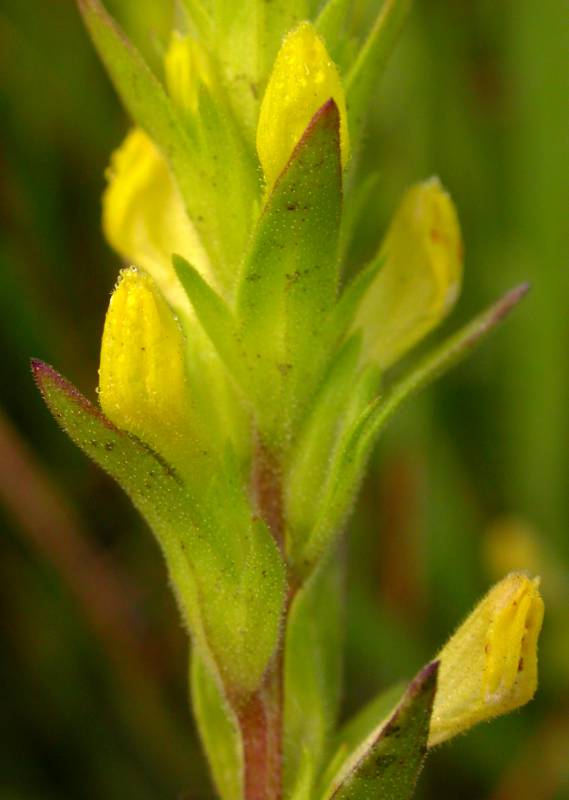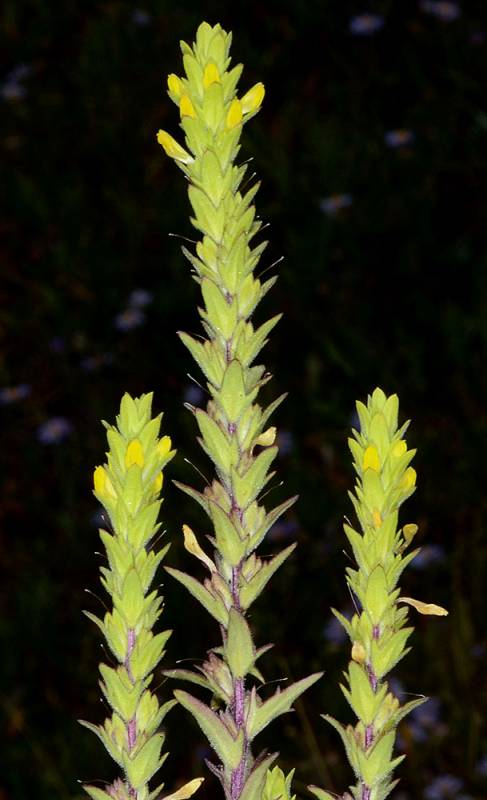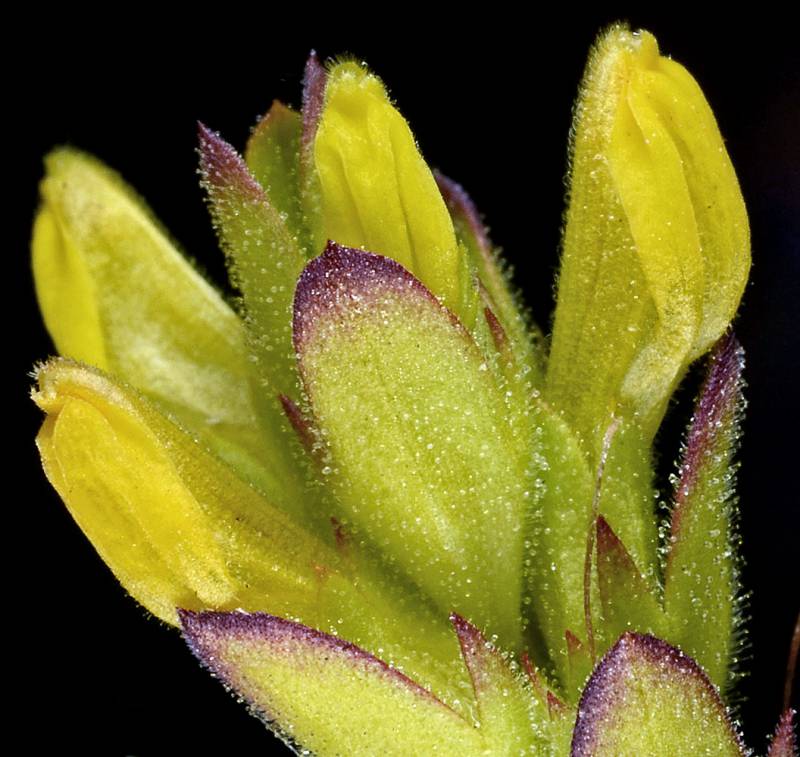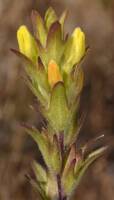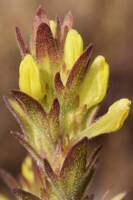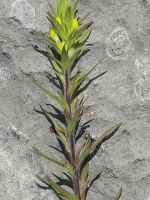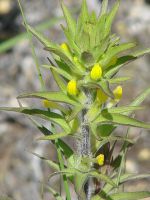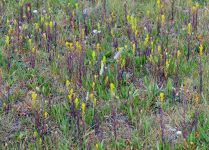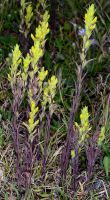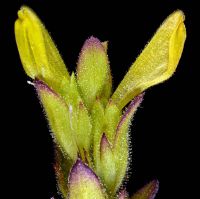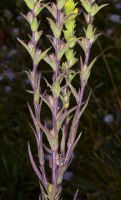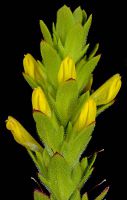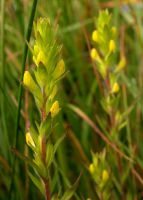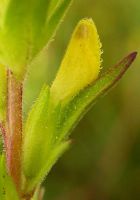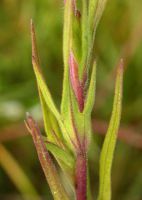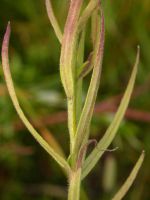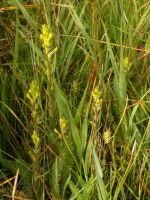Distribution: Occurring east of the Cascades crest in Washington; British Columbia to California, east to the Rocky Mountains, northern Great Plains, and Great Lakes region.
Habitat: Low ground, from the plains to moderate elevations in the mountains.
Flowers: June-August
Origin: Native
Growth Duration: Annual
Conservation Status: Not of concern
Pollination: Bumblebees, bees, flies, moths
Slender annual, the stem usually simple, 1-4 dm. tall; herbage spreading-hairy throughout, with some of the hairs in the inflorescence gland-tipped.
Leaves alternate, all cauline, 1.5-4 cm. long, linear or lance-linear, usually entire, but some may be trifid; bracts gradually differentiated from the leaves, becoming shorter, broader and more cleft.
Inflorescence a spike, becoming elongate; calyx short, about equally 4-lobed; corolla 9-14 mm. long, golden yellow, bilabiate, gradually expanded to an inflated lower lip, minutely 3-toothed; upper lip hooded, enclosing the 4 stamens, short and broad, about equal to the lower lip.
Capsule.
Publication: Gen. N. Amer. Pl. 2: 57-58. 1818.
PNW Herbaria: Specimen records of Orthocarpus luteus in the Consortium of Pacific Northwest Herbaria database
WA Flora Checklist: Orthocarpus luteus checklist entry
OregonFlora: Orthocarpus luteus information
E-Flora BC: Orthocarpus luteus atlas page
CalPhotos: Orthocarpus luteus photos

